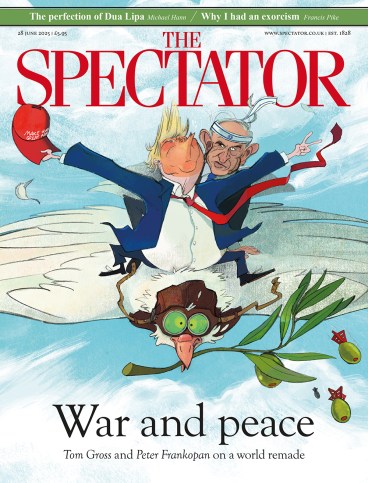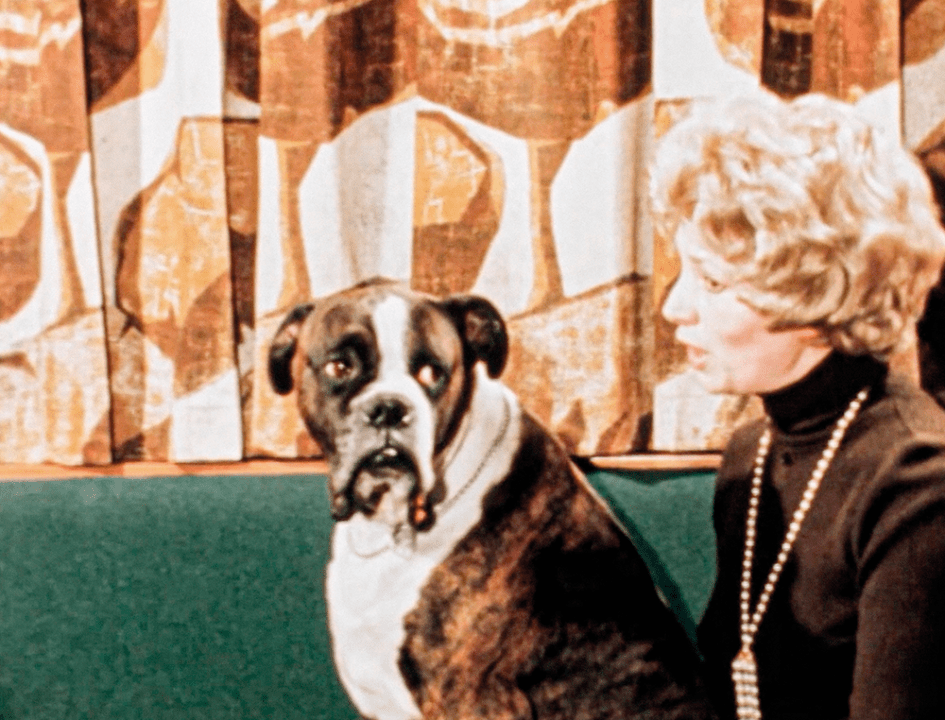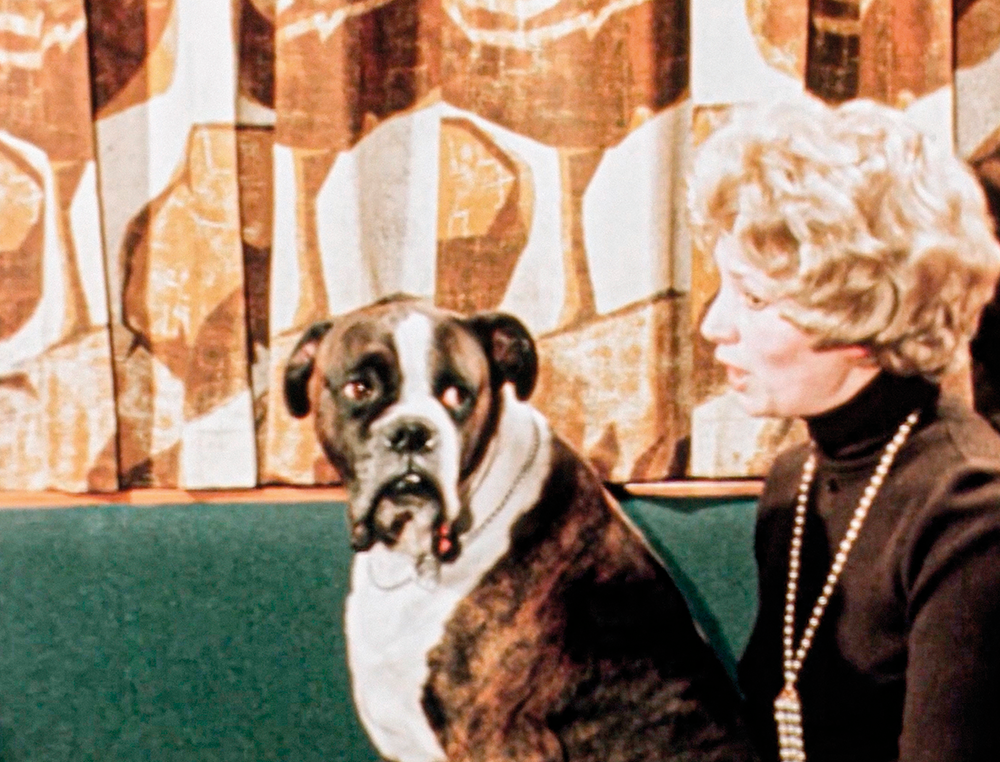
In an interview back in 2021, Adam Curtis explained that most political journalists couldn’t understand his films because they aren’t interested in music. Having known a fair few political journalists, I can say with some certainty that he was right. Most politically motivated types are – not to be unkind, but it’s true – total losers. This cuts across left and right, all ideologies and tendencies, from Toryism to anarchism to Islamism and back: whatever you believe, if you believe it too strongly you were probably a weirdo at school. The other kids went out clubbing; you stayed at home, drawing pictures of Lenin or von Mises on your satchel. The other kids were in bands, you were in a reading group. When political freaks grow up a bit they often get very performatively into social binge-drinking, as if to prove a point, but it’s all hollow. The joy isn’t there. There are important things about the world that will always be closed off to the political obsessive, because political obsessives don’t understand music.
Adam Curtis considers himself to be a political journalist, and he definitely used to be one. His BBC documentaries from the 1990s and 2000s are thorny and thematically dense attempts to grapple with the condition of the present. Pandora’s Box (1992) was about how human reason bumps up against the inherent messiness of reality, and how projects for rationally governing the world end up collapsing into bizarre forms of unreason. Over six episodes, Curtis talks about von Neumann’s game theory, Milton Friedman’s Chicago school of economics, Kwame Nkrumah’s dream of African self-sufficiency, the cult of Taylorism and how it overrode Marxism in the early Soviet Union, nuclear physics, insecticides, and the way our social biases are repackaged for us in the form of a supposedly neutral science. There are a lot of words in there. Plenty of interviews with experts and significant figures, but also Curtis’s clipped, precise narration, set to a collage of footage dug out of the BBC archive. Street scenes, offices, factories, politicians getting out of cars, but sometimes more abstract shots of industrial infrastructure and spaceships exploding in the sky.
According to Curtis, most of that footage was there because he needed to finish the film on time and couldn’t find anything else. But since then, this stuff has become his stock in trade. You know you’re watching an Adam Curtis film when you hear someone talking about how plans to rationally control society fell apart to a Burial track and lots of black-and-white archive footage of people dancing at Butlin’s. He was convinced he was simply illustrating his ideas. But this was a fantasy. In fact, he was unleashing forces that he could neither control nor understand. And then something strange happened.
His style has become very easy to parody, which might be why Curtis has spent the last few years steadily paring it down. Shifty is his most abstract, imagistic film yet. His narration has now vanished entirely; instead, there are a series of sparse title cards that flash up over the archive footage, saying things like ‘The Concept Of Privatisation Had Been Invented By The Nazis’ or ‘Underneath There Was Nothing.’ All in all, over five episodes and five-and-three-quarter hours, Adam Curtis gives us significantly fewer of his own words than are contained in this review. They are sparse and stony, less like an argument than propaganda signs glowing in the night. The story he tells with them is – if you’ve seen any of his previous work – a familiar one. Every episode begins with the same words. ‘There come moments in societies when the foundations of power begin to move. When that happens things become SHIFTY.’ In Britain, that moment came at the end of the 20th century. Before Thatcher, Britain was about strong communities, solidarity, labour unions, and a productive industrial base. But during the Thatcher and Blair eras, all of that was emptied out, and we became a society of cynical, self-interested individuals, trapped in a fantasy of the past, and led by politicians who no longer believed in anything at all. This story is not necessarily untrue, but it’s also not really groundbreaking. To the extent that this country does still have a unifying national myth, it’s this one – about how Thatcherism tore all our unifying national myths apart.
Curtis is doing something different to ordinary political journalism – and there’s a vicious genius to it
But it doesn’t really matter, because Curtis is doing something different to ordinary political journalism. His constant rummage through the BBC’s archives has yielded a lot of good stuff, and he has a real vicious genius for putting it together. At the start of the very first scene, we see Jimmy Savile ushering a group of angelic blond children into Thatcher’s office. Once they’re inside he gives a chortling thumbs-up to the camera, and then closes the door. Alongside the stories of monetarism and shots of fox hunters riding in front of huge hazy steelworks, there are weirder threads. A dog owner is concerned that their pet seems to have spontaneously switched sex. At the London Zoo, which can no longer rely on state financing, zookeepers now have to be personable and cheerful, play-acting for a public who have become the only source of income. A kid plays with the effects pedal on his guitar. A woman shows off her designer handbags. In the planning meetings for the Millennium Dome, they try to pin down the values of modern Britain, but discover that they don’t really have any. In the ‘Spirit Zone,’ instead of endorsing any particular religion, they’ve decided to fill the room with fog and write the words ‘How shall I live?’ on the wall. They’re very proud of it. ‘I think the question “how shall I live?” is anything but banal. In fact, I think it’s the biggest single question, probably, that’s begged in the entire dome.’ None of this really coalesces into a single point, but trying to make things coalesce into a single point is part of the rationalist, sense-making project Curtis has been critiquing his entire career. Our world is shifty now, and things will not make sense. You won’t understand them with facts, but music.
There’s far less actual music here than in any of Curtis’s previous films. Instead of Kanye or Nine Inch Nails or Aphex Twin, a lot of the shots of decaying industry are set to the sounds of static or howling wind. But music is one of the threads here. In one episode, we’re introduced to the Farlight CMI digital sampler, a machine that can take any sound, convert it into data, and digitally reproduce it. The first song to be recorded entirely using samples was ‘Relax’ by Frankie Goes to Hollywood, which is then banned from the BBC for being too flagrantly gay, but it’s already self-replicating around the world. People start using the Farlight CMI to switch out samples in the track and create their own remixes.
Which is, of course, what Curtis is also doing. Later, we meet a bedroom producer called DJ Fingers, playing around with turntables in his south London home. ‘Basically you’re just making music out of other people’s records. You know the record inside out when you’re cutting up this break.’ Once again Curtis has found a vision of himself in the archives. But it’s not exactly celebratory. He was one of the first people to point out that in recent decades newness seems to have vanished from the world: we just repeat old fashions, old music, old fantasies about how to live. What does it mean, then, when one of our greatest and most popular documentarians does nothing but rearrange the past? At the end of the final episode, there’s a kind of Adam Curtis auto-parody, of the type I just did above. A Bowie song, paired with clips from old films. ‘Will People Come Together As They Did In The Past And Fight Back?’ his stark title cards ask. ‘Or Is This Just Another Feedback Loop Of Nostalgia? Repeating Back Sounds Dreams And Images Of The Past, Which Is The Way The System Controls You, And Is The Way This Series Was Made.’








Comments